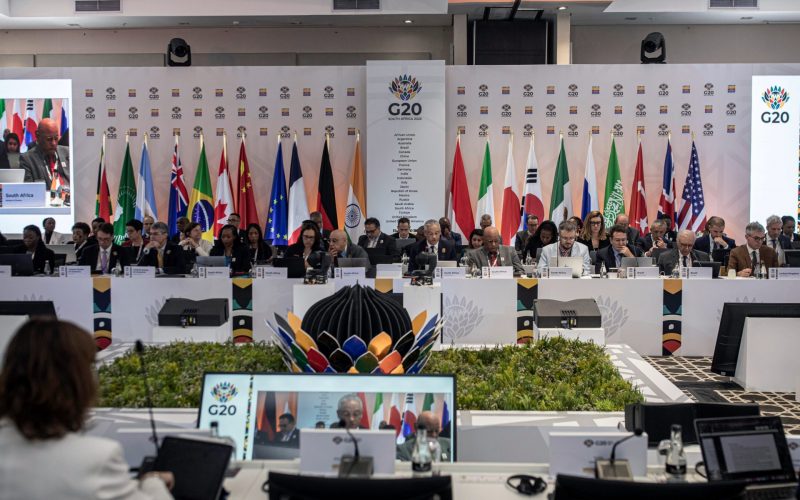While Nigeria’s export structure does not closely complement the imports of BRICS countries, the intensity of Nigerian exports to South Africa (SA) in particular has risen in recent years. Trading patterns reveal the preponderance of crude oil, which constituted 97% of exports to BRICS countries in 2011. On the import side, China is the major supplier in Nigeria’s top three import categories. An analysis of the potential growth effects of trade shows that imports from China contribute significantly to Nigeria’s growth, while exports to SA are also growth-inducing. This finding is consistent with the recent growth experience of the Nigerian economy, which is driven predominantly by sectors that are heavily dependent on the importation of manufactures, equipment and chemicals. Although oil dominates exports to SA, the rising intensity of exports to that country and its status as a leading destination for non-oil exports that has grown considerably in recent years (machinery and transport equipment) may explain the export effect.
The results suggest the need for trade policies to ensure the unconstrained supply of the top import products that are pertinent to Nigeria’s continued economic growth and structural transformation, and the cultivation of bilateral trade relations on the basis of an analysis of their growth effects.






